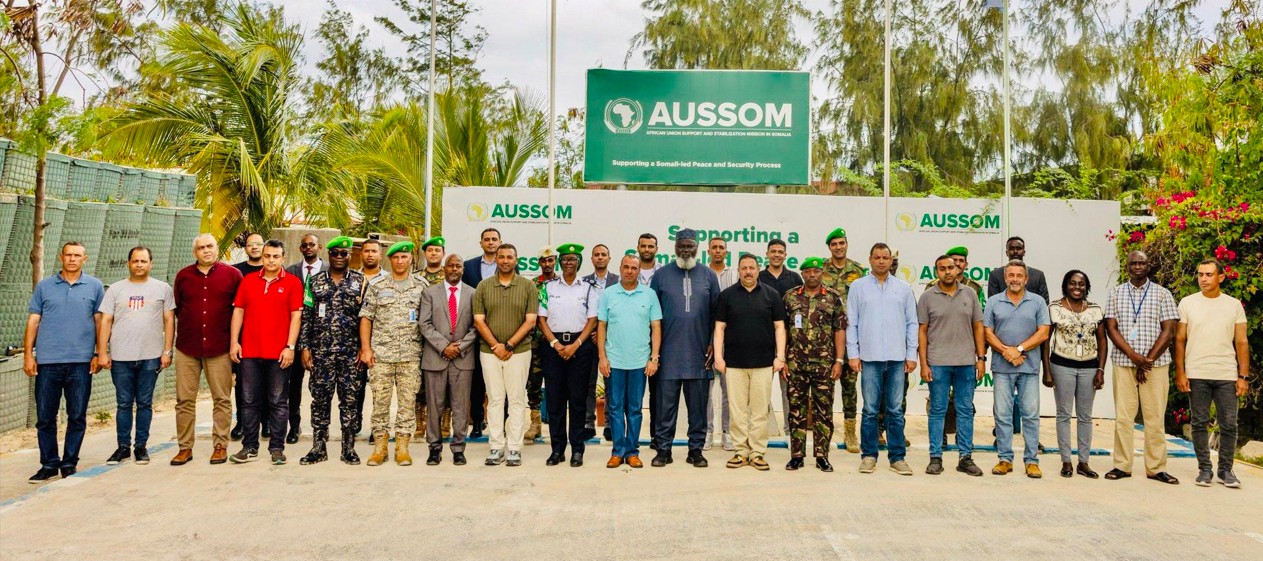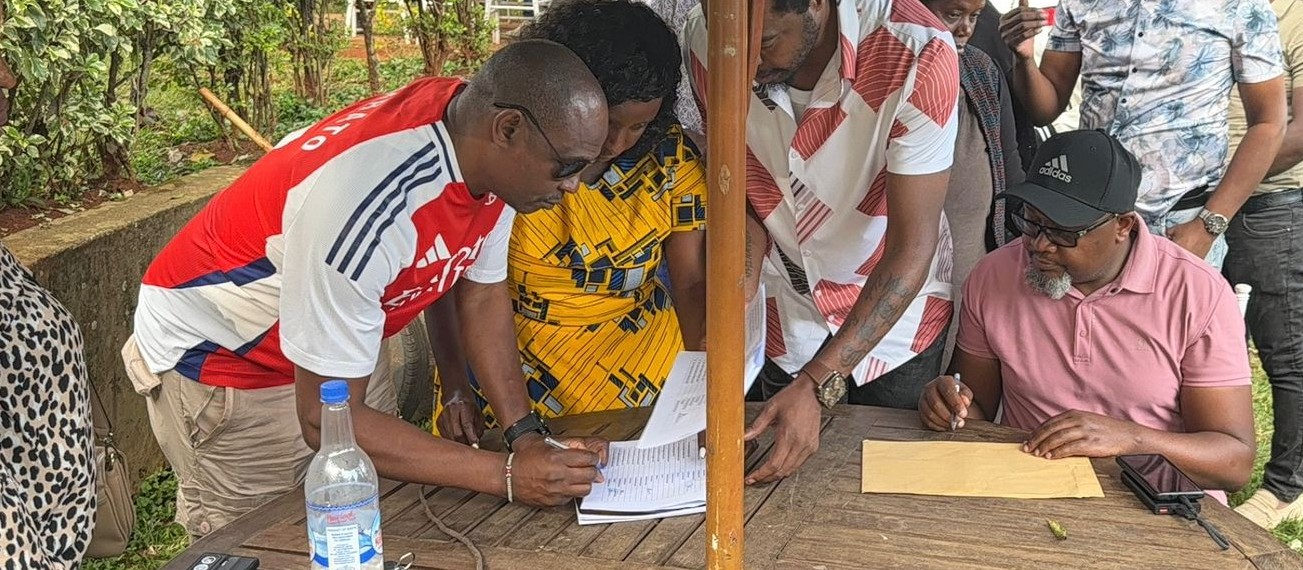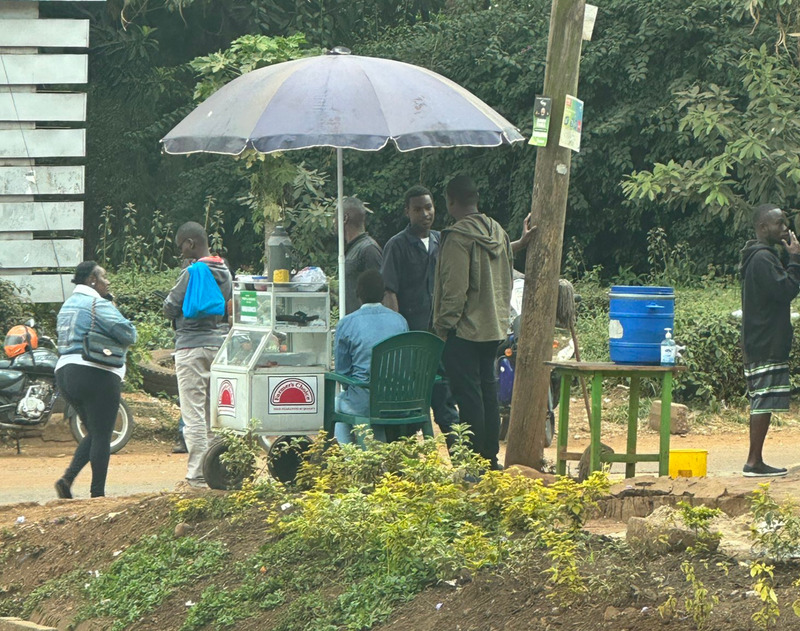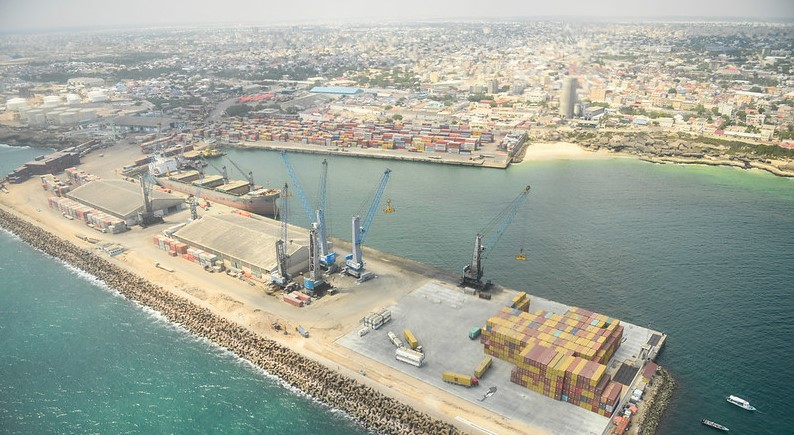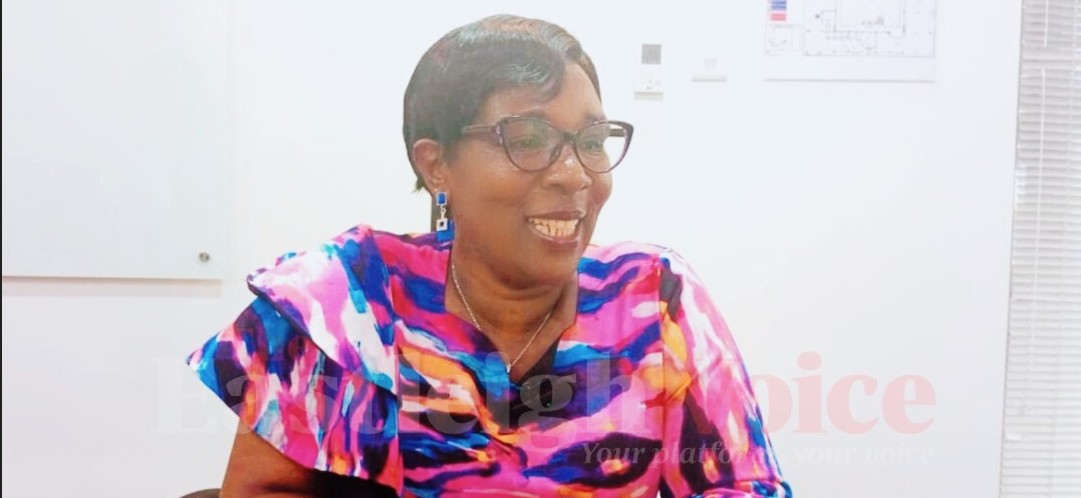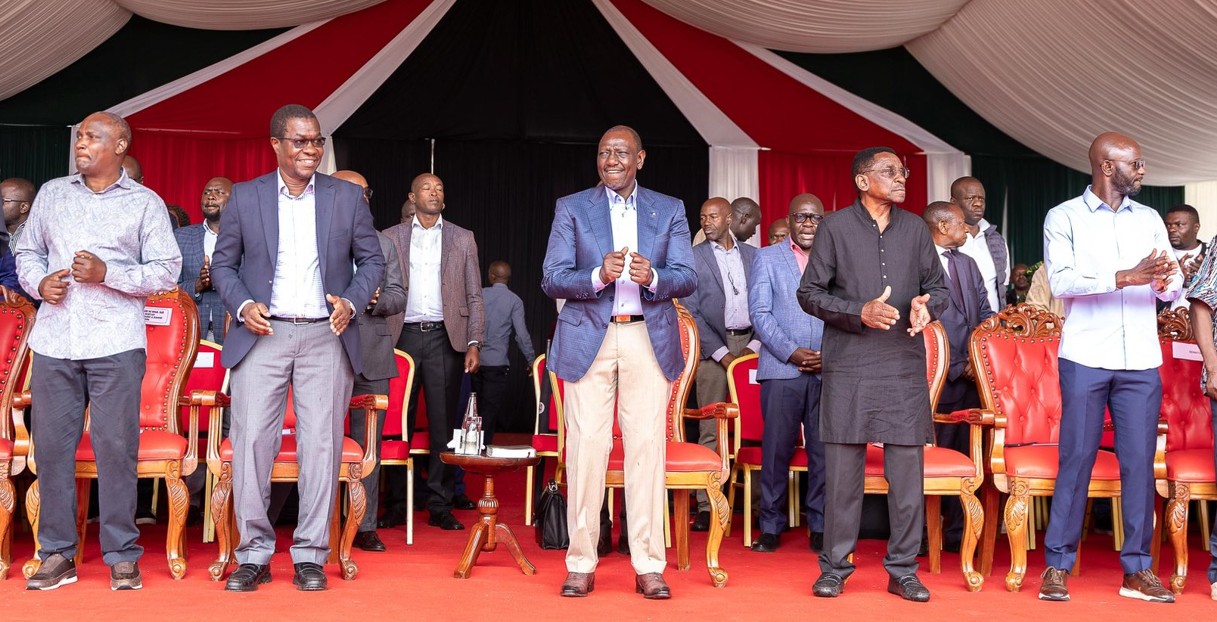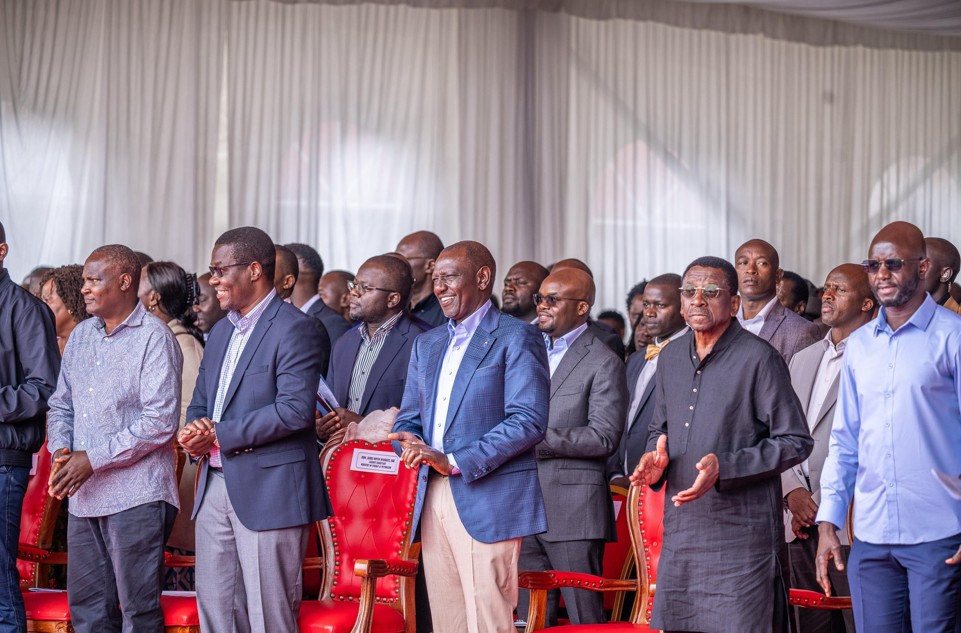Kenya flags Sh7 trillion in suspicious transactions amid alarming rise in money laundering, terror financing
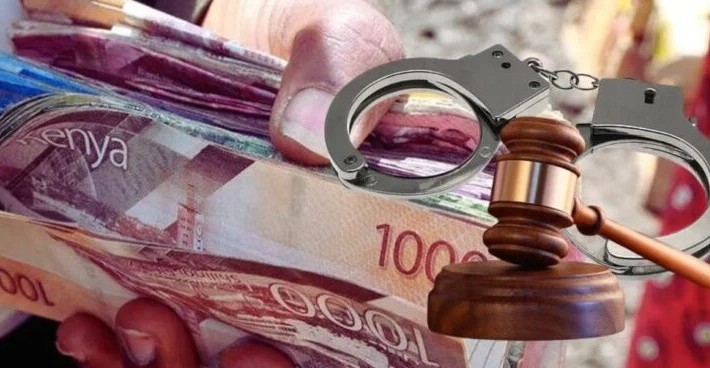
Data from the state-owned intelligence unit, Financial Reporting Centre, shows that the number of suspicious transactions reports (STRs) exceeded 11,000 cases between 2021 and 2023.
Kenya is facing an alarming rise in money laundering and terrorism financing activities, with the latest official figures revealing a concerning scale of suspicious transactions.
Data from the state-owned intelligence unit, Financial Reporting Centre (FRC), shows that the number of suspicious transactions reports (STRs) exceeded 11,000 cases between 2021 and 2023.
More To Read
- Kenya tightens terrorism cases with mandatory terror-financing investigations
- Kenya launches five-day regional training for experts to tackle terrorism financing, money laundering
- Parliament raises concerns over ODPP’s 'special fund' proposal
- Kenya's real estate boom under scrutiny amid rising money laundering, terror financing cases
- CBK: Gaps in digital lending sector fuel risk of money laundering, terror financing
- Anti-money laundering reforms take effect as Ruto assents to bill
An STR is filed by reporting institutions, such as banks, when there is suspicion or reasonable cause to believe that the funds may be linked to criminal activity, money laundering, or terrorism financing.
The value of the flagged STRs in the period under review amounted to a staggering Sh6.976 trillion, highlighting the scale at which potentially criminal funds are circulating through Kenyan financial channels.
The increase in STRs reflects a wider trend seen in the overall reports submitted over the three years.
Notably, during this period, the centre received over 14,000 general reports, whose transactions amount to approximately Sh7.016 trillion.
This total includes the previously mentioned STRs as well as nearly 4,000 Suspicious Activity Reports (SARs) valued at Sh997.03 million.
SARs capture potentially suspicious behaviour or activities that may not yet involve a completed transaction.
Nevertheless, more than 30 suspicious transaction activity reports (STARs), combining the elements of both STRs and SARs, worth Sh39.30 billion were recorded.
Cash transaction reports
The centre also receives cash transaction reports (CTRs), filed whenever a cash transaction exceeds $15,000 (Sh1.9 million at the current exchange rate), or its equivalent in other currencies, as part of threshold reporting obligations.
Another key report type is the cross-border monetary instrument declaration.
This involves individuals declaring currency or monetary instruments over $10,000 (Sh1.3 million) when crossing gazetted Kenyan border points.
All these form part of the over 14,000 reports received under the review period, with the report emphasising a steady rise in the cases over the years.
“The overall number of reports has steadily increased over the years since 2021,” the report reads.
It attributes the surge to increased levels of awareness, automation of the reporting process and amendment of the laws to expand the institutions mandated to report.
The centre says that reporting entities have enhanced their monitoring systems, thus able to identify more suspicious activities within their operations, contributing to the overall number of reports.
Notably, commercial and mortgage banks accounted for 91.04 per cent of the total reported amount of Sh7.01 trillion from the overall reports received.
“This reflected the skewness in the reporting regime and underpinned the need to expand the focus to other nonbanking financial institutions and designated non-financial businesses and professions.”
Corruption landscape
On the corruption front, manifestations during the review period (2021-2024), majorly bordered on conflict of interest, procurement fraud, embezzlement and receipt of kickbacks.
These were observed in more than 130 cases disseminated by the Centre to relevant authorities.
The trends are prevalent both at the county and national levels, with the ongoing trend of public officials trading either directly or through proxies.
According to the centre, the schemes also involved acts of fraud and forgery where corrupt officials used forged documents to legitimise the transactions, evidenced by discrepancies in the support documents provided.
Notably, the funds acquired were eventually withdrawn in cash, transferred to accounts of related companies and eventually invested in different sectors of the economy.
Instances of abuse of community-based organisations (CBOs) for corruption and laundering purposes were also noted during the review period.
FRC says public officials colluded with these organisations to launder proceeds of corruption.
FRC is an intelligence unit established under the National Government to assist in the identification of the proceeds of crime and the combating of money laundering, financing of terrorism and proliferation financing.
Top Stories Today
